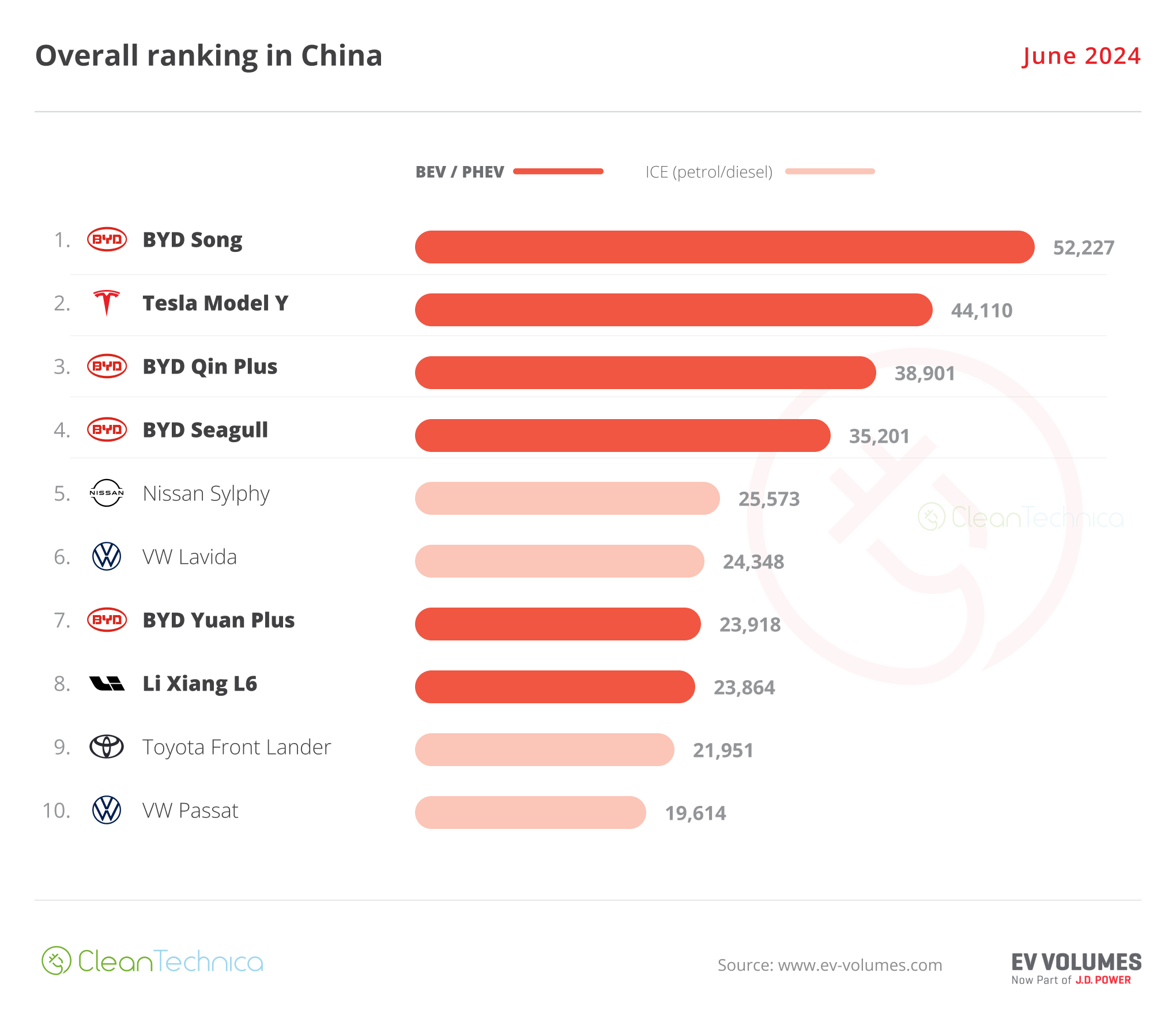
LONDON (AP) — The OPEC oil cartel led by Saudi Arabia and allied producers including Russia will try to agree Thursday on cuts to the amount of crude they send to the world, with prices having tumbled lately despite their efforts to prop them up.
That’s been a good thing for U.S. drivers, who have been able to fill their gas tanks for less money in recent months and whose costs at the pump can be sensitive to moves by the OPEC+ coalition. But it’s bad news for OPEC+ countries whose oil income props up their economies and who have faced setbacks in keeping prices up despite initial fears that the Israel-Hamas war could affect oil flows.
Now, they are struggling to come to a consensus on production cuts, analysts say, on the same day the U.N. climate conference kicks off in the United Arab Emirates, an OPEC member.
The group postponed its meeting originally set for Sunday by four days, indicating that a new agreement will prove to be challenging, said Jorge Leon, senior vice president of oil market research for Rystad Energy.
“Despite the challenges, we still expect OPEC+ to reach an agreement to reduce production,” he said in an analyst note. That’s because “every member country acknowledges the need to reduce output to support prices into 2024.”
The question is how to split it among the 23 member countries, some of whom already accepted lower production targets at the last OPEC+ meeting in Vienna in June.
Another big question is whether Saudi Arabia and Russia will extend their additional voluntary cuts of 1 million barrels per day and 300,000 barrels per day, respectively, into 2024.
Russia wants more oil revenue as it faces Western sanctions but seeks to pour energy earnings into its war chest against Ukraine. The Saudis have to earn nearly $86 per barrel to meet their planned spending goals, according to the latest estimate from the International Monetary Fund.
The Saudis are trying to fund an ambitious overhaul of the kingdom’s economy, reduce its dependence on oil and create jobs for a young population.
But the international benchmark Brent crude has stayed in the low- to mid-$80 range in recent weeks, reflecting concerns about oversupply in a weakening global economy, which could weigh on the thirst for oil for travel and industry.
Brent rose 68 cents to $83.56 a barrel on Thursday, while U.S. crude climbed 62 cents to $78.48 a barrel in electronic trading on the New York Mercantile Exchange.
Lower oil prices have allowed U.S. gas prices to fall or stay steady since Sept. 19, AAA said. Gas is averaging just below $3.25 a gallon, the motor club said, down about 7% from a month ago.
But that’s still higher than when President Joe Biden took office in January 2021, when prices were averaging about $2.40 a gallon. High inflation has been a political challenge for Biden going into the 2024 election, prompting him to say Monday that efforts to improve supply chains and reduce price pressures are a priority.
White House national security spokesman John Kirby declined to address the possibility of OPEC+ reducing oil production.
“The president is going to keep focusing, as he has been, on a healthy global market that’s properly balanced and that can continue to bring the price of gasoline down here in the United States,” Kirby told reporters at a briefing Monday.
U.S. oil production has hit records as OPEC+ has cut back, with producers outside the group expected to keep leading global growth in oil supply next year, the International Energy Agency said in its November oil report.
For instance, daily production in the U.S. averaged 13 million barrels a day in August, an increase of more than 1 million barrels from a year ago, according to the latest monthly figures from the U.S. Energy Information Administration.
Now, the risk is growing that Saudi Arabia’s production cuts could reduce OPEC’s influence over oil supplies as other countries boost their output.
“The kingdom is balancing the desire to keep prices high by limiting supply with the knowledge that doing so will lead to a further drop in overall market share,” Leon said.
Meanwhile, fears the conflict between Israel and Hamas might spread throughout the region, creating a shock to the oil market, have not materialized, with the IEA noting that “there has been no material impact on oil supply flows from the war.”
___
Boak reported from Washington.
Courtney Bonnell And Josh Boak, The Associated Press
Share This:




